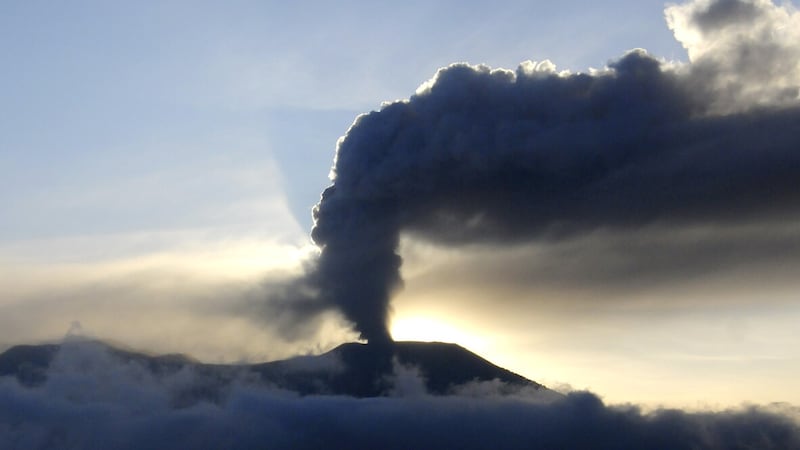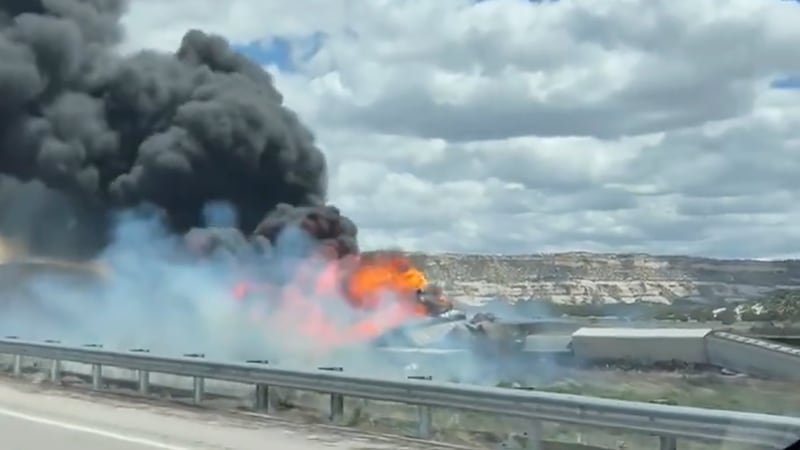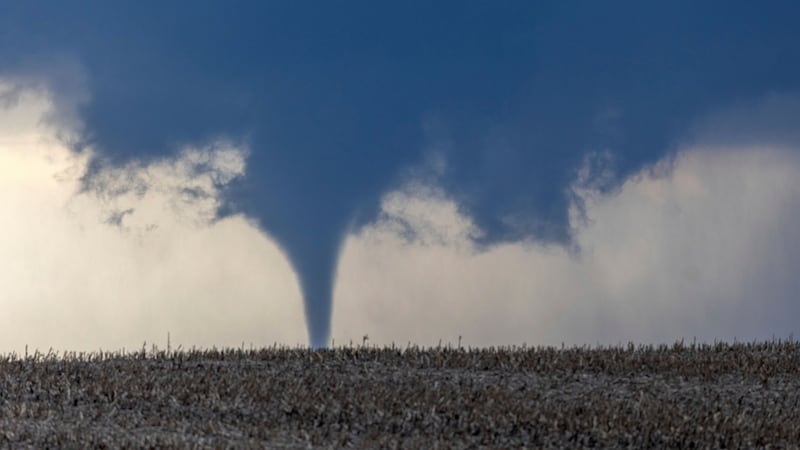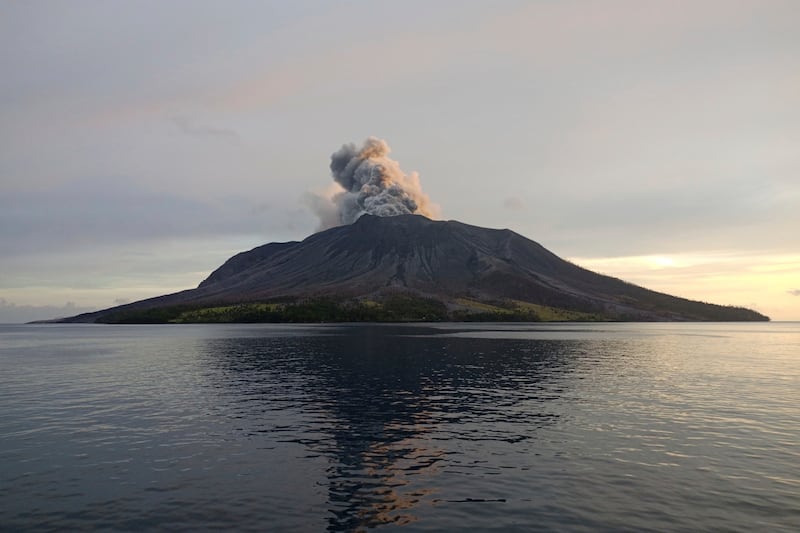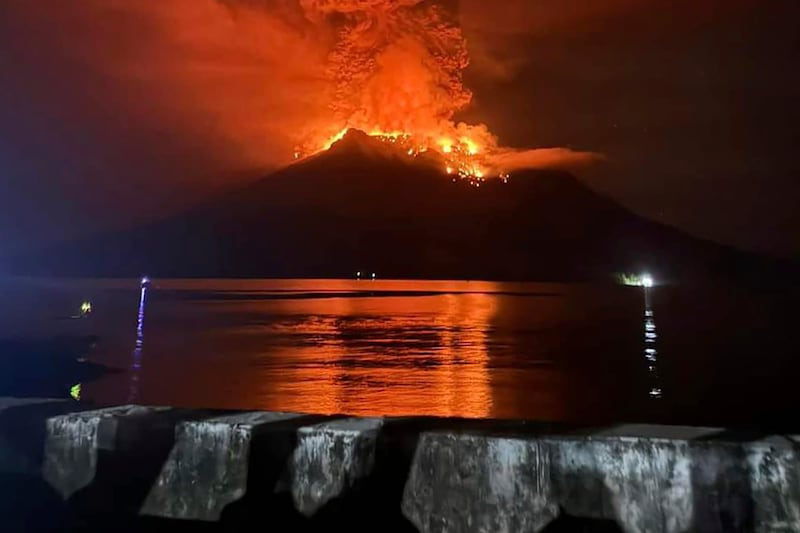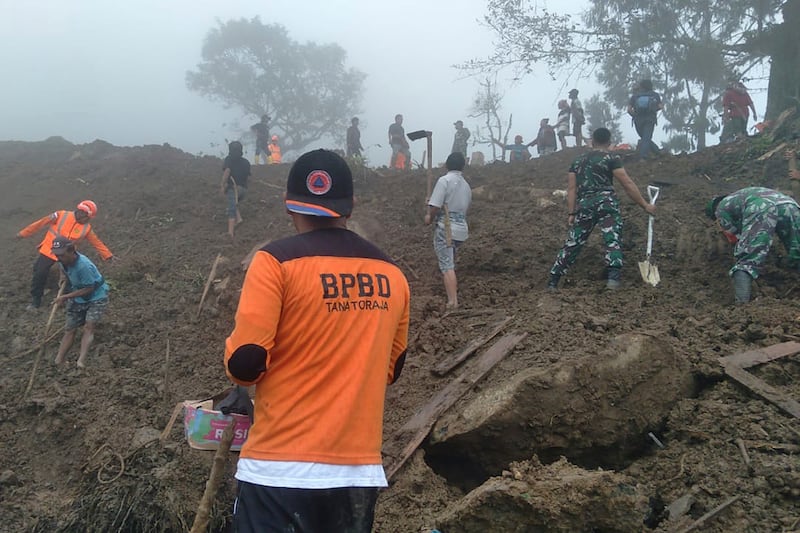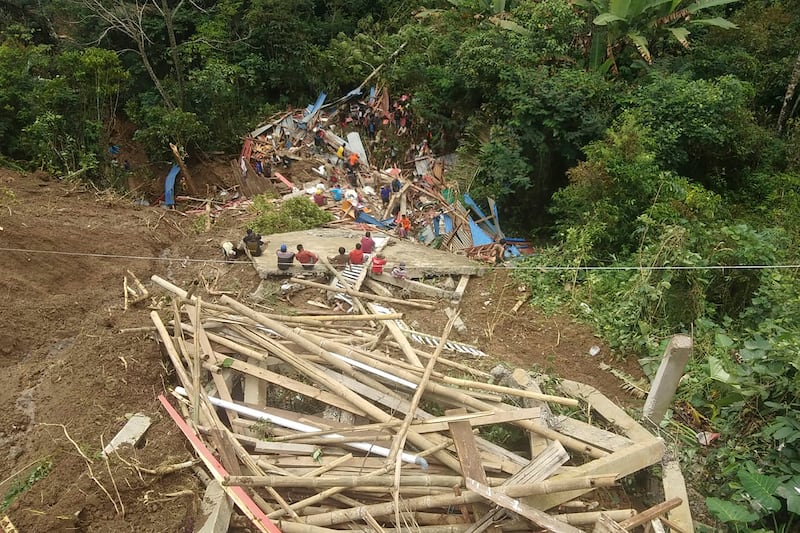Rescuers searching the hazardous slopes of Indonesia’s Mount Marapi volcano have found 11 more bodies among the climbers caught by a surprise eruption two days ago, raising the number of confirmed dead to 22.
More than 50 climbers were rescued after the initial eruption on Sunday, and 11 others were initially confirmed dead.
The bodies of two climbers were located on Monday and nine more on Tuesday, the National Search and Rescue Agency said.
One person remains missing, presumed dead.
Another eruption on Monday spewed a new burst of hot ash as high as 800 metres (2,620 feet) into the air, temporarily halting search operations.
The latest body discoveries were made only a few metres away from the eruption site, said Edi Mardianto, the deputy police chief in West Sumatra province.
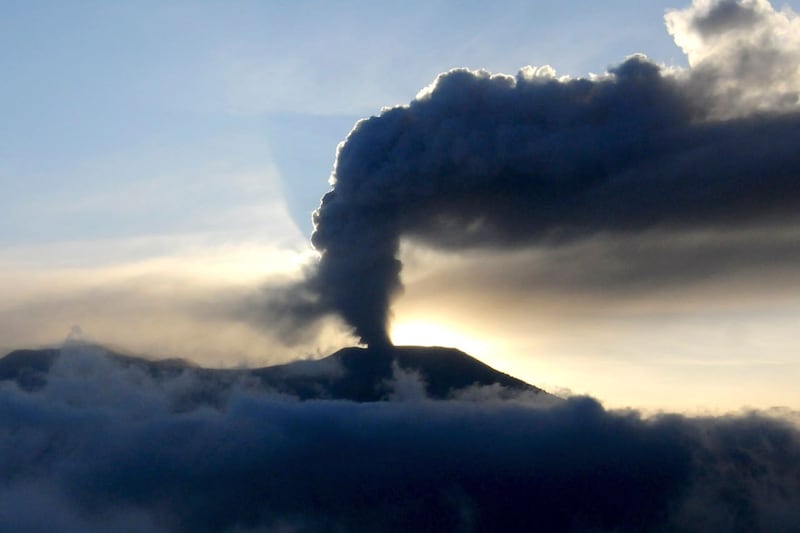
The rescuers are contending with bad weather and terrain constraints, as the scouring wind brings heat from the eruptions.
A video released by West Sumatra’s Search and Rescue Agency showed rescuers evacuating an injured climber on a stretcher off the mountain and into a waiting ambulance to be taken to hospital.
Marapi has stayed at the third highest of four alert levels since 2011, a level indicating above-normal volcanic activity, prohibiting climbers and villagers within three kilometres (1.8 miles) of the peak, according to Indonesia’s Centre for Volcanology and Geological Disaster Mitigation.
Climbers were only allowed below the danger zone, and they had to register at two command posts or online.
However, local officials acknowledged many people may have climbed higher than permitted and residents also could have been in the area, making the number of people stranded by the eruption impossible to confirm.
Marapi spewed thick columns of ash as high as 3,000 metres (9,800 feet) in Sunday’s eruption and hot ash clouds spread for several kilometres.
Nearby villages and towns were blanketed by tons of volcanic debris that blocked sunlight, and authorities recommended people wear masks and eyeglasses if possible to protect themselves from the ash.
About 1,400 people live on Marapi’s slopes in Rubai and Gobah Cumantiang, the nearest villages about five to six kilometres (3.1 to 3.7 miles) from the peak.
Marapi was known for having sudden eruptions that are difficult to detect because the source is shallow and near the peak, and its eruptions are not caused by deep movement of magma, which sets off tremors that register on seismic monitors.
It has been active since a January eruption that caused no casualties. It is among more than 120 active volcanoes in Indonesia, which is prone to seismic upheaval due to its location on the Pacific Ring of Fire, an arc of volcanoes and fault lines encircling the Pacific Basin.
